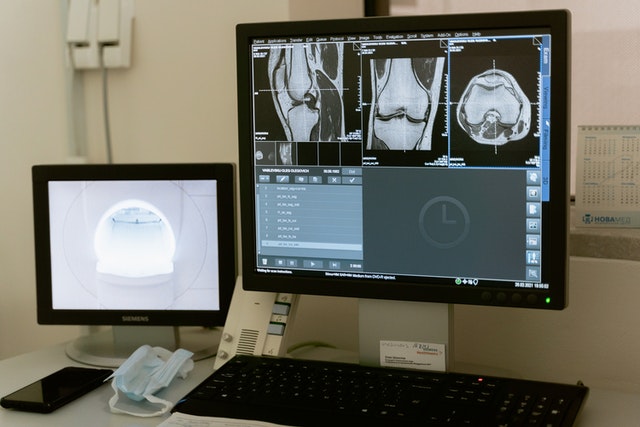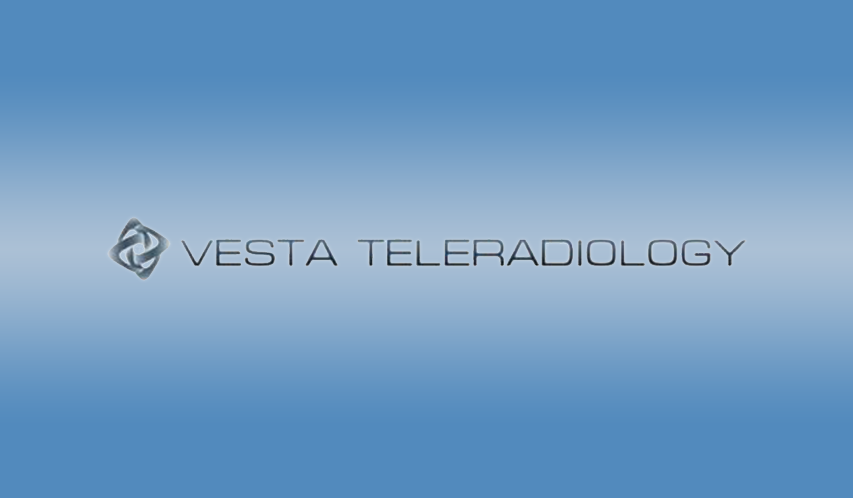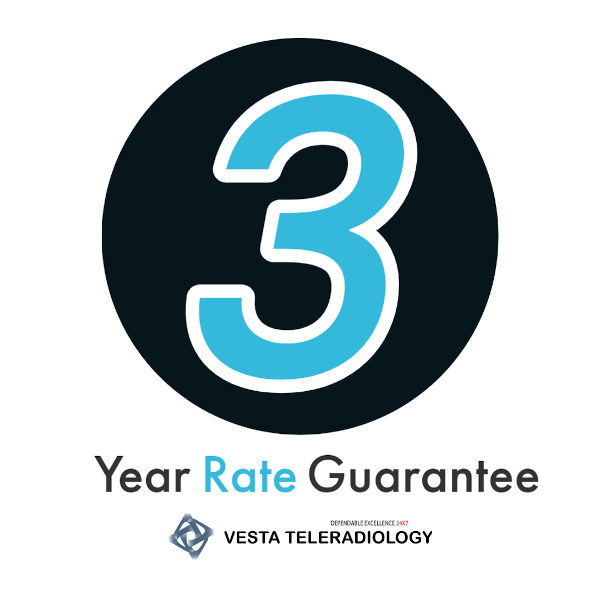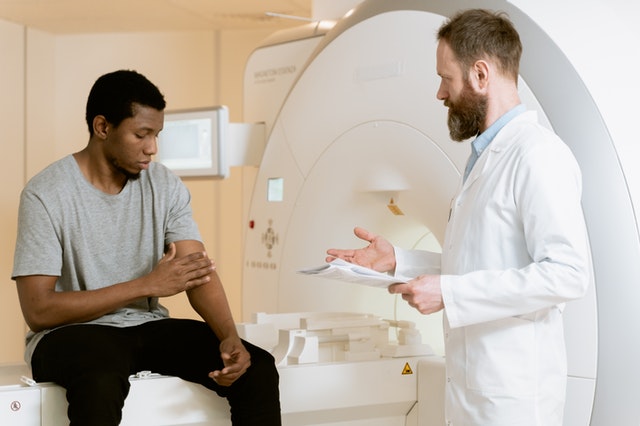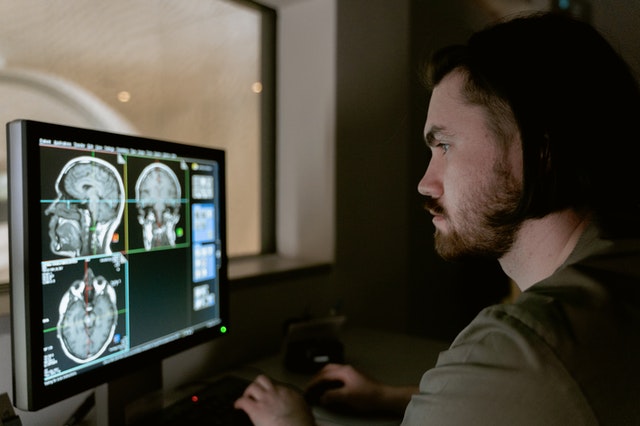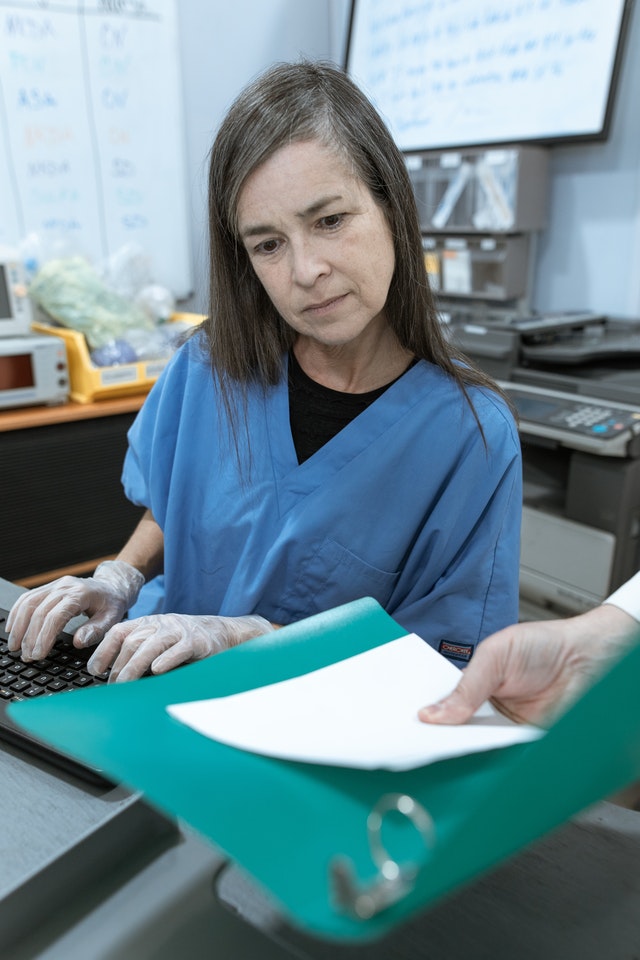It’s a topic not many people enjoy talking about, or even thinking about. Cancer, of any kind, is complicated, and ovarian cancer is, arguably, one of the most complicated and aggressive cancers there is. About 20% of women receive an early diagnosis, and of those detected early, 94% live longer than 5 years after their diagnosis, says the American Cancer Society. Encouraging patients to get screened for early detection, paying attention to the body’s signals, and regular exams are the biggest defenses we have against this deadly disease.
Ovarian cancer is difficult to detect, which is why it is paramount for patients to have regular pelvic exams. To help encourage patients to get the proper care for early detection, or with a new diagnosis, empower them with communication so they feel in charge, says Cancer Care. Suggesting the patient takes notes of the session will help, says the article, including dates, names, and discussion points. This will provide physical evidence of what went on during the appointment and a reference point for the possibly overwhelmed patient. Bringing a trusted friend or family member to the appointment can also ease the possible isolation or fear the patient may have. Another set of eyes and ears never hurts and the extra person may provide different questions and concerns the patient hadn’t thought of. Encouraging patients to write down questions or worries they may have before, during or after the appointment also gives the control back to the patient, says the article.
Persistent symptoms, even seemingly dismissible, should be examined. The fact is that ovarian cancer moves quickly, so before symptoms become worrisome, it’s important the patient knows her family history, says the American Cancer Society. If the patient has a strong family history of breast or ovarian cancer, has an inherited genetic syndrome, like Lynch syndrome, or a gene mutation such as BRCA, her high risk status must be presented and she must be heavily encouraged to get regular exams and to pay close attention to any changes within her body.

The two most common screening tests for ovarian cancer are the transvaginal ultrasound (TVUS) and the CA-125 blood test, says American Cancer Society. The sound waves used during a TVUS detects abnormal shapes or measurements, says Healthline, and is about 75% effective, which is why you may order at CT scan, MRI, or a biopsy for further testing, says the article. The CA-125 blood test is not as reliable for ovarian cancer detection because high levels of the protein may not be an indicator of ovarian cancer, per se, but of inflammatory disease or endometriosis. Unfortunately, there aren’t many sure and simple tests to detect early ovarian cancer or recommend for your patient, says the CDC. Keeping your patients aware of these options may seem alarming, but they’ll know what to expect should the concern arise.
Telling your patients about genetic counseling is also a good option, says WebMd. For your high risk patients, genetic counseling will give them more concrete knowledge about their own bodies and family history. Should the patient’s test come back positive of a gene mutation, you will be aware of her risks and what to look out for during exams.
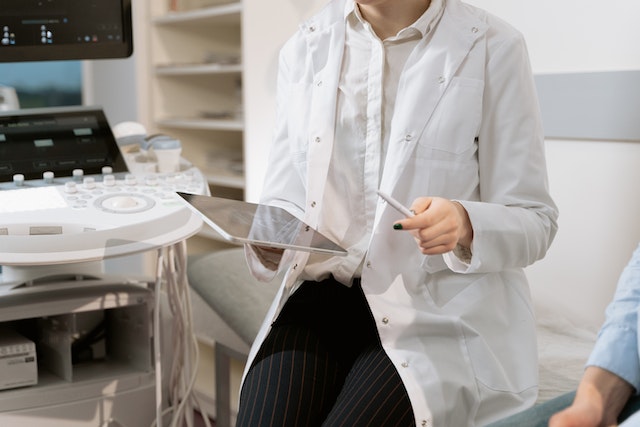
Whether your patient is at high risk of ovarian cancer or not, urge them to consider regular exams and screening. There is research being done currently, says American Cancer Society, although the best and most proven way is through ultrasound and the CA-125 blood test. Reminding them you are always available if something in their body feels off, if they are in pain, or have been worried, is never a bad idea. Empower them to take charge of their health.
Teleradiology Interpretations for TVUS
Managing a healthcare practice means providing optimal care for your patients, and that includes providing the proper education and addressing patient concerns. We understand it is not always easy to balance running tests, interpretations and patient communication. That’s why Vesta has a team of US Board Certified radiologists who work with your team for preliminary and final interpretations – 24×7, nights, weekends and even holidays. Please contact us to learn more about our outsourced radiology services: 1-877-55-VESTA.

